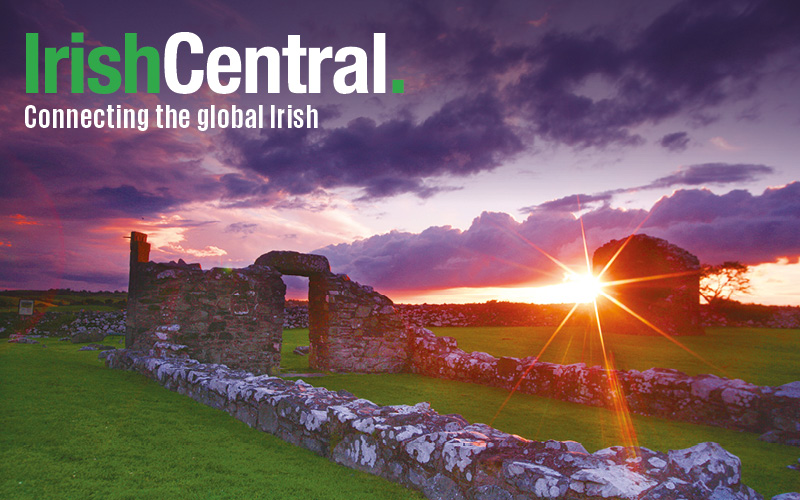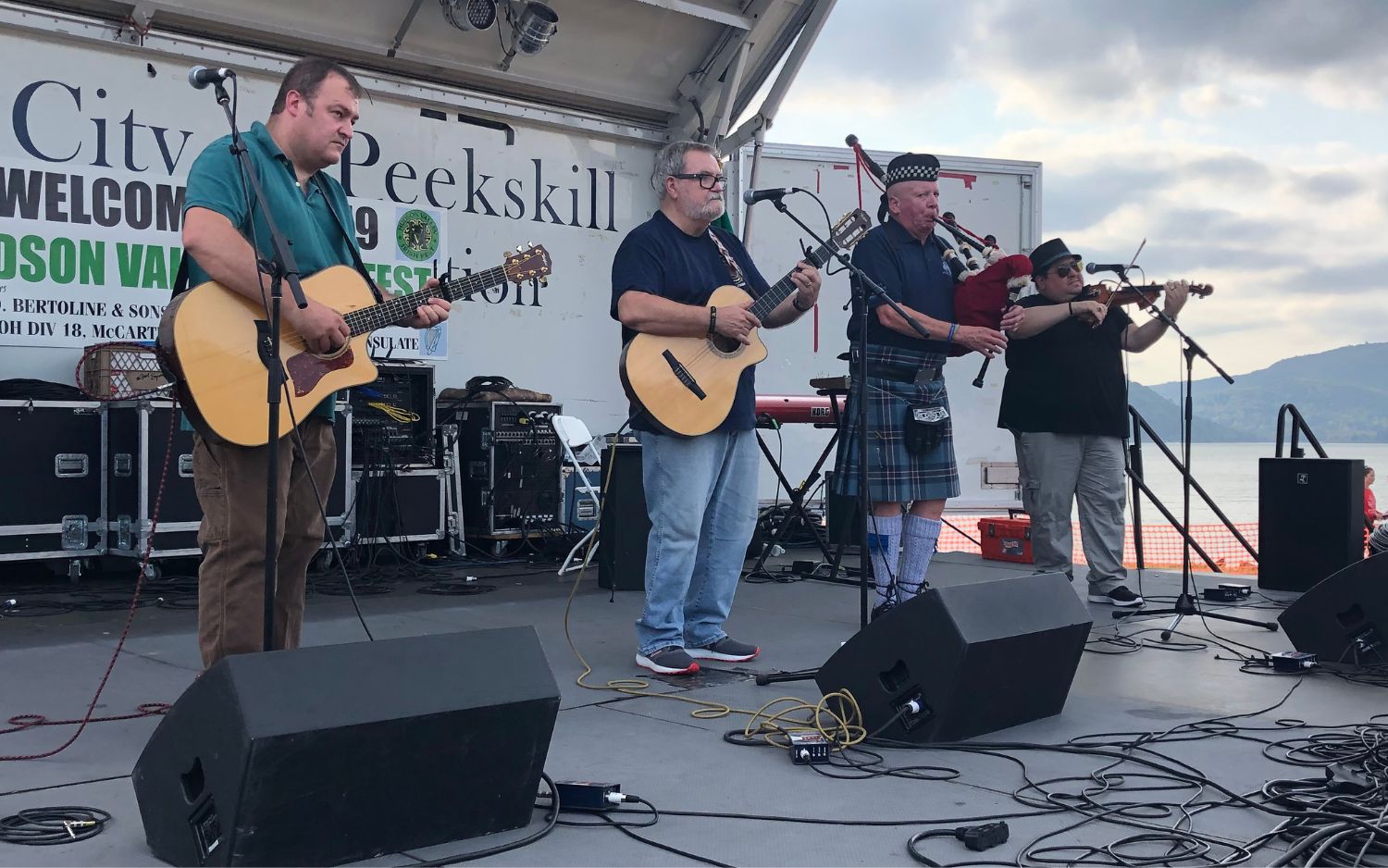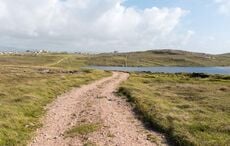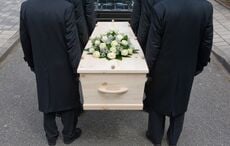Since the foundation of our state the West of Ireland has been slowly but surely dying a slow death. Populations in townlands and villages all across the western seaboard have been devastated through state neglect and, in turn, the resulting ravages of emigration. One of these townlands is Loch Con Aortha, a tiny village in Connemara situated at the foot of the impressive Cnoc Mordán, a mountain that has for centuries been like a defensive wall for its inhabitants, but which today can no longer defend the village from this most recent onslaught.
Since the 1970s the vigor of a vibrant, close-knit community and its ancient folk culture has vanished. Now life itself is disappearing from the village. It seems 21st century Ireland has no place for it in its future.
Loch Con Aortha is my village. It is from here I first framed my view of the world, but it is also where the world framed its view of me, among my family, my neighbors and local physical landscape. Though it is very difficult to understand and comprehend change when you are living through it, I can see the village in decline. Year after year the young leave, the old die, and those left behind get older.
From the 1850s through to 2004 the population of the village always hovered around the 80 to 100 mark, but since 2004 the population has dropped to 50 and only 20 of those are under the age of 60.
Those living in the village are losing hope that the village – and indeed all of rural Ireland – can be saved. The decline in the West has been happening for years, but the current situation has been made far worse by the recent economic collapse. And while a recovery is in sight for towns and cities, for hundreds of villages the devastation is now irreversible.
Read more: The strange death of rural Ireland as we know it
There are many reasons as to why Loch Con Aortha and countless other villages are facing this current crisis. Young people, well-educated young people, must leave to gain employment and raise their families. Rural areas like this cannot offer young families a future where emigration has become a valuable safety valve for the political class so they do not to have to deal with the issue of neglect in rural communities.
Though this story of a dying west has been well made for generations, it has continually fallen on deaf ears. The political system lacks the imagination or foresight to see that rural Ireland is not just another part of Irish life we can shed ourselves of.
Without doubt the most troubling aspect of this current crisis is that many have become demoralized and live in despair. They do not believe their rural villages can be saved. While many in Ireland have lost respect for the political class in recent years, we in the west have lost hope in a state where our voices are not heard.
Hope has been lost in many communities and the state and its ever-lengthening tentacles are viewed with suspicion, with anger and despair because people know it does not need to be like this. While some villages and townlands have been as badly hit and perhaps worse than Loch Con Aortha, there are thousands of others that are only a generation behind in terms of decline. They too will succumb to the inevitable fate unless we decide as a generation that a sustainable, vibrant rural Ireland is something worth fighting for.
My upcoming documentary, “Anseo i lár an Ghleanna” or “In the Shadow of the Glen,” follows a year in the life of the people of Loch Con Aortha as they strive to protect and preserve their past and come to the realization that if they themselves cannot save their village, perhaps they can save its heritage. In attempting to save their heritage, Loch Con Aortha's current generation will have to answer many of the same questions as those sitting in the 32nd Dáil will have to attempt to answer if the west is to be saved, what to keep, what to save, and what to let go.
“Anseo i lár an Ghleanna” or “In the “Shadow of the Glen” is produced by Mordán Films for TG4 and the BAI and will be broadcast on TG4 this autumn.
* Seán Ó Cualáin is the Producer and Director of the documentary.
Follow the documentary’s progress on Twitter @ShadowoftheGlen.




Comments